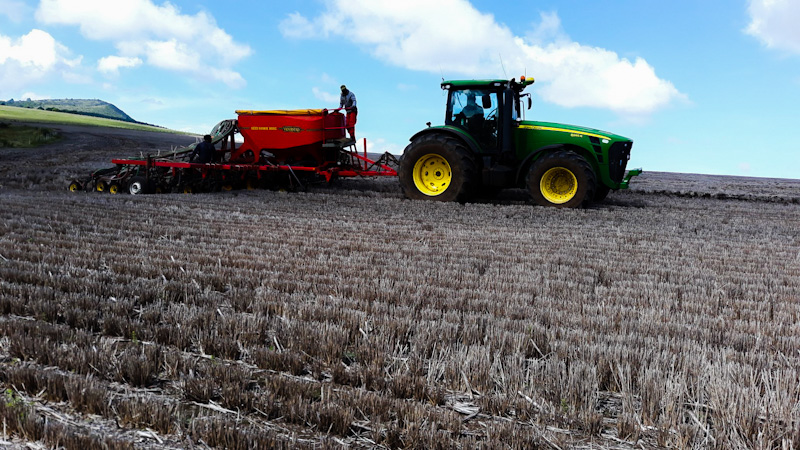The growth in Kenya’s real gross domestic product (GDP) slowed in the year’s second quarter as high inflationary pressures and pre-election jitters hampered growth in key sectors.
According to the Kenyan National Bureau of Statistics, GDP increased by 5.2% from a year earlier in the second quarter, down from a 6.8% gain in the previous three months.
Inflation rose to 7.16% from an average of 5.98% in the second quarter of 2021 due to increased food and energy prices.
The agriculture sector contracted for a third quarter mainly due to unfavourable weather conditions that characterized the last quarter of 2021 and the first half of 2022.
“The sector is estimated to have contracted by 2.1 per cent in the second quarter of 2022 compared to a contraction of 0.5% in the corresponding quarter of 2021,” said KNBS.
A prolonged drought has left almost 5.5 million people facing hunger, according to the United Nations, as agricultural output declines.
“The number of people in need of humanitarian assistance is projected to increase to 4.35 Million by October 2022,” National Drought Early Warning Bulletin September Bulletin.
The National Treasury expects the economy to grow 5.5% this year, while the Central Bank of Kenya forecasts an expansion of 5.4%.
However, the World Bank estimates that Kenya will have a growth projection of 5% as opposed to its prior forecast of 5.5%.
“Kenya is set to grow at 5% in 2023 –down from 5.5— and back up to 5.3% in 2024,” the World Bank said in the Kenya Economic Update.
In addition, the International Monetary Fund (IMF) has downgraded Kenya’s 2022 economic growth projection by 40.0 bps to 5.3%. Similarly, the growth projection for 2023 was revised downward by 20.0 bps to 5.1%.
Kenya’s Private Sector Activity Rises to 51.7 in Sept, a 6-Month High




